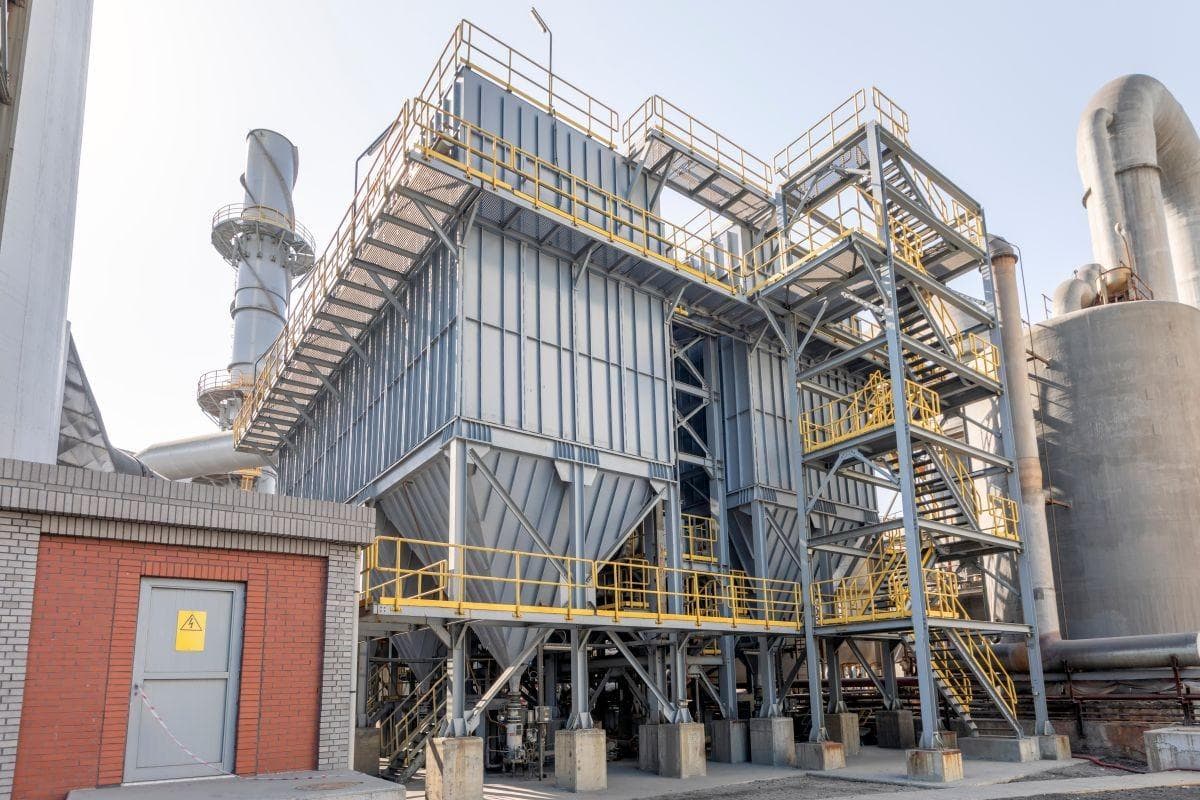Dust collection system

There are multiple types of particulates that can be released into the air depending on your application and your facility must be up to date with following air quality standards. The dust collection system is vital in maintaining appropriate conditions for employees, equipment in industrial workspaces, and help process plants in controlling dust dispersal in the environment to avoid air pollution. ETST will help you in selecting the appropriate type of dust collection system design based on the characteristics of the collected dust particulates such as abrasiveness, material collected, explosivity of the materials, process exhaust conditions of temperature and both local and federal regulations. We will evaluate the source of dust and engineer the required hood to capture dust from the source. Minimum capture velocities are required to pull the dust out of the atmosphere and away from the operator. To maintain a minimum conveying velocity, ducts must be properly sized and routed. A suction fan is selected for the calculated CFM and static pressure. Dust must be separated from the air stream using an appropriate dust separator such as cyclone, baghouse, etc. Collected dust must also be discharged from the separator in a safe manner for disposal, or where feasible, they allow the return of cleaned air back into the manufacturing facility. It is also important to design your dust collection system with the right components. Choosing the dust collector type, filter media selection, fan performance and placement, dampers, silencers, duct and capture hoods all need to be specified in accordance with your requirements to maximize collection efficiency. ETST having years of experience in engineering dust collection systems can walk you through your needs in maintaining the sanitation, safety and efficiency of your production environment.
